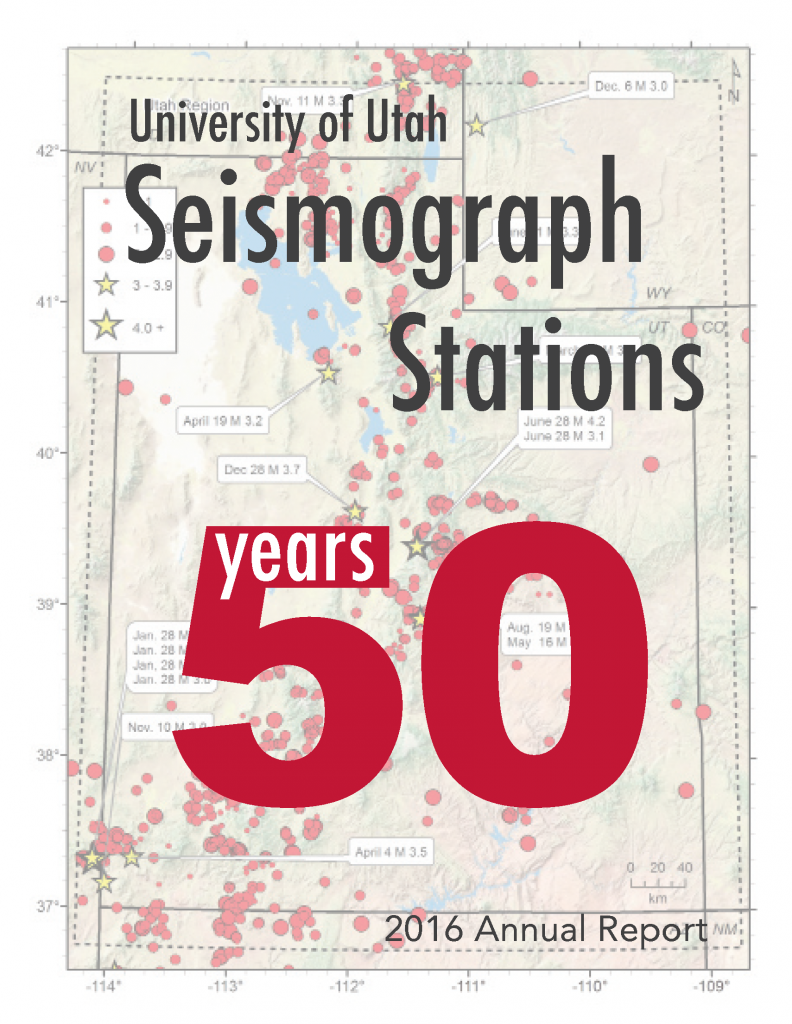
2020 was an unprecedented year in many ways. University of Utah Seismograph Stations was thrown into the thick of things by not only dealing with the COVID-19 pandemic but also responding to the largest Utah earthquake to occur since 1992.
The pandemic impacted our operations by causing us to work-from-home among other things. There were also complications in working out how to safely conduct field work and research. Overall, UUSS was able to rise to the challenge and quickly adjust to all the changes.
After our first-full day of working-from-home, Utah experienced its largest earthquake since 1992. The March 18, 2020 moderate M5.7 earthquake shook the Wasatch Front and brought a lot of attention to UUSS and our operations, especially as felt aftershocks continued to shake the public for months. We remained busy throughout the year because of the sequence. In a way, the Magna earthquake was a validation of the importance of the work we accomplish and a reminder that Utah is earthquake country.
The Magna, Utah, earthquake sequence provided substantial opportunities for research. Our staff and students worked on several different projects regarding the sequence. Research included documenting how we responded to the earthquake during a pandemic, evidence for a listric Wasatch Fault, and monitoring the sequence with nodal seismometers and machine learning.
Several of the Magna specific projects will be featured in a special issue of Seismological Research Letters that will focus on 2020 Intermountain West earthquakes. The special issue will be published in March 2021.
We’re grateful to call 2020 a successful year even through all the challenges it provided. Our staff and students worked hard and accomplished incredible things. We expect even greater accomplishments in 2021.
Keith D. Koper, UUSS Director




 2016 Annual Report
2016 Annual Report